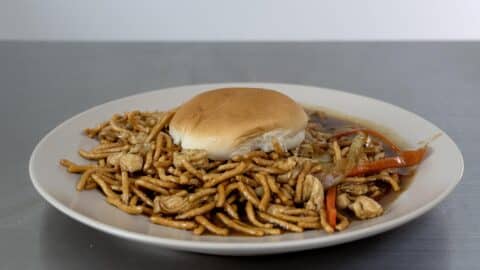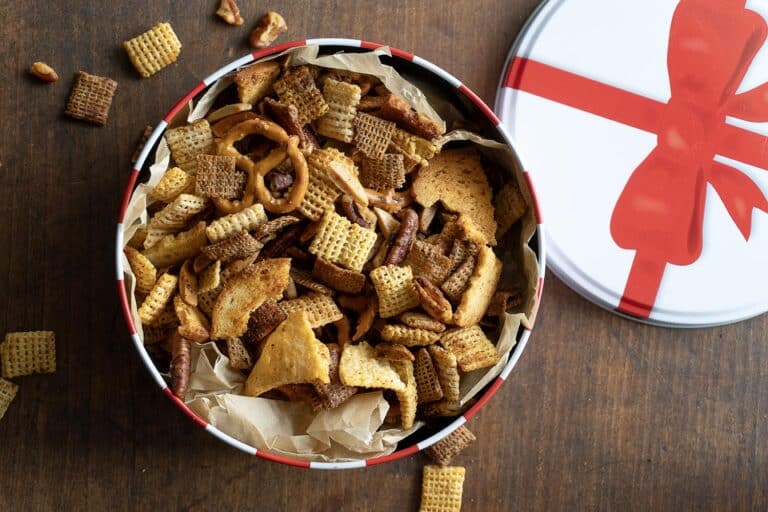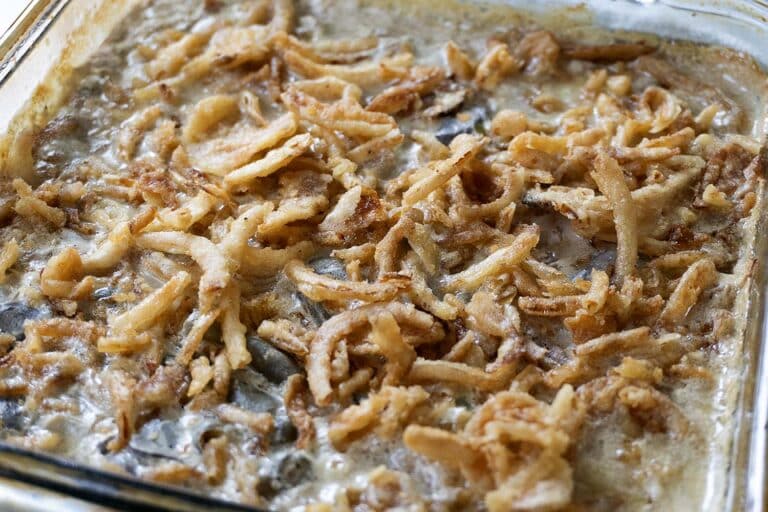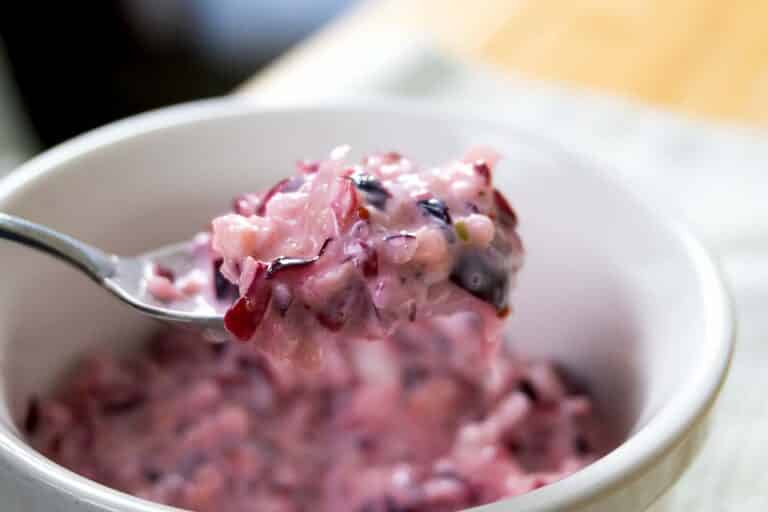Chow Mein Sandwich
The Chow Mein Sandwich is a one-of-a-kind dish that blends crispy chow mein noodles with a soft sandwich bun.
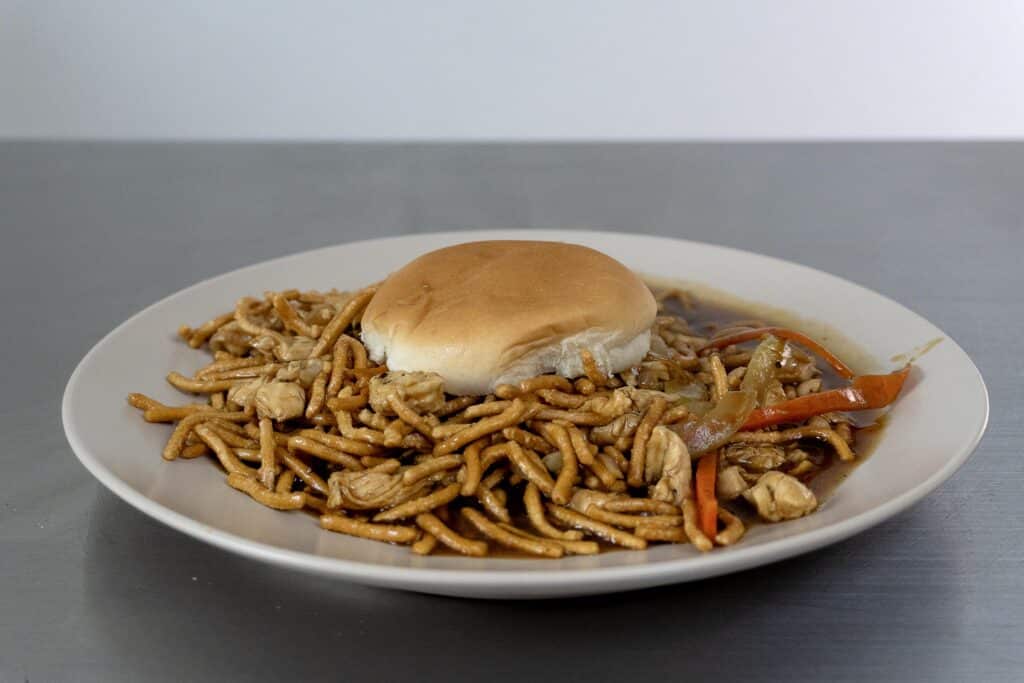
It has roots in Chinese-American cooking and diner culture in New England, where it became a local favorite that still sparks curiosity today.
What Is the Origin of the Chow Mein Sandwich?
The Chow Mein Sandwich first gained popularity in the early 1900s in Fall River, Massachusetts. At the time, Chinese immigrants had opened restaurants and adapted their cooking to fit American tastes. Chow mein was already well-known, but by serving the noodles and sauce between hamburger buns, they created an inexpensive and portable meal.
The dish quickly caught on with working-class families and factory workers, who needed something filling, affordable, and easy to grab on the go. Diners and take-out spots across Southeastern Massachusetts and Rhode Island embraced it, cementing the Chow Mein Sandwich as a quirky but beloved part of the local food culture.
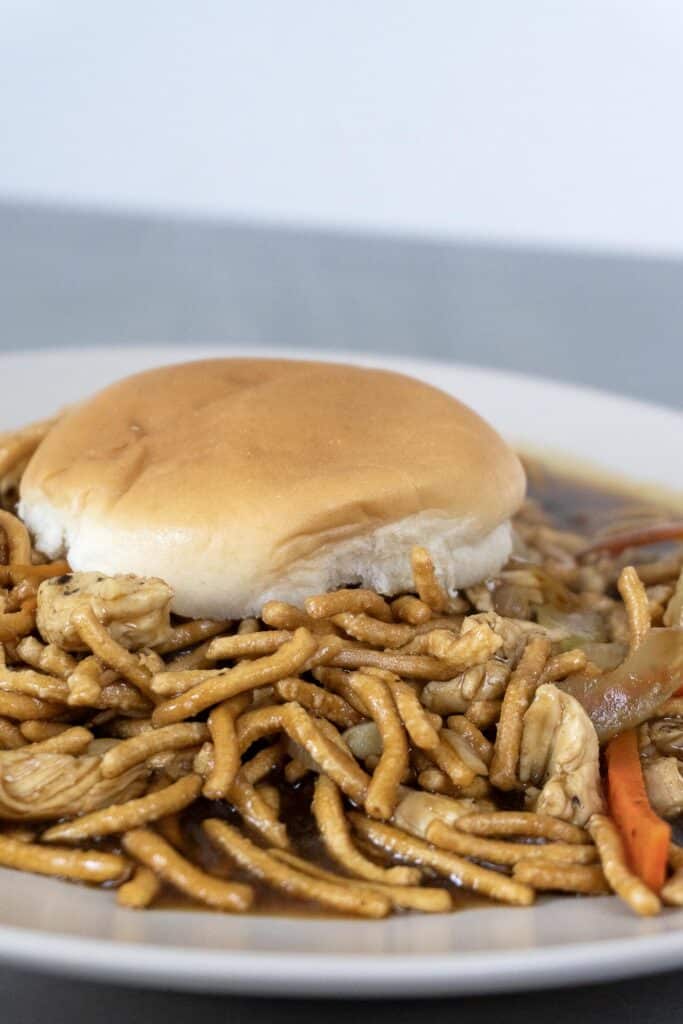
What Is Fall River Style Chow Mein?
Fall River style chow mein is the version most strongly linked to the sandwich. It features crispy fried noodles topped with a thick brown sauce that usually includes celery, onions, bean sprouts, and bits of pork or chicken.
When spooned onto a bun, the sauce soaks into the noodles just enough to soften them while leaving some crunch. The combination is messy, satisfying, and completely unique. Families in the region still enjoy this version at home and in restaurants, keeping the tradition alive generation after generation.
What’s the Difference Between Chow Mein and Lo Mein?
Although they sound similar, chow mein and lo mein are prepared differently:
- Chow Mein: Noodles are fried until crispy or pan-fried lightly before being topped with sauce. This is the foundation of the Chow Mein Sandwich.
- Lo Mein: Noodles are boiled until soft, then tossed directly with sauce and vegetables for a completely different texture.
So while both are noodle-based dishes, chow mein is about crispiness while lo mein focuses on softness.
Chow Mein Sandwich Today
Even though it started as a budget-friendly diner dish, the Chow Mein Sandwich has survived through the decades as a symbol of local pride. You’ll find it at fairs, diners, and even in home kitchens across Southeastern Massachusetts and Rhode Island. For many, it’s a nostalgic taste of childhood or a fun introduction to the area’s unique food history.
Some restaurants serve it exactly the old-fashioned way, while others experiment with new twists, but the heart of the dish remains the same: crispy chow mein piled onto a bun with rich sauce.
Storage Instructions
The Chow Mein Sandwich is best eaten fresh, but leftovers can be stored if you keep the components separate. Place the chow mein and sauce in an airtight container in the refrigerator for up to 2 days. Warm it on the stovetop when ready to eat. The buns should be stored at room temperature and toasted before assembly. This way, you preserve as much of the crispy-soft texture as possible.
- Vegetable oil for frying, plus 3 tablespoons
- Salt
- 2 1/2 cups beef stock or low-sodium beef broth
- 1/4 cup shaoxing rice wine
- 2 tablespoons cornstarch
- 2 teaspoons soy sauce
- 1 teaspoon toasted sesame oil
- 1/2 teaspoon plus 2 pinches freshly ground black pepper
- 1 large onion cut lengthwise into 1/2-inch strips
- 3 ribs celery trimmed and cut on the diagonal into 1/2-inch-thick slices
- 1 1/3 pounds ground pork chicken, or beef
- 2 teaspoons minced garlic
- 1 cup chow mein noodles dried
- Heat at least 2 inches of vegetable oil in a Dutch oven or other heavy-bottomed pot to 350°F. Working in batches, fry the wonton strips until golden, about 30 seconds, stirring so they cook evenly. With a slotted spoon or a spider, transfer the fried wontons to a paper towel-lined baking sheet to drain, and season lightly with salt. Set aside while you make the gravy.
- In a medium bowl, combine the stock, wine, cornstarch, soy sauce, sesame oil, and 1/2 teaspoon of the pepper, and stir to mix well. Set aside.
- Heat a large skillet or wok over high heat. When hot, add the 3 tablespoons vegetable oil. When the oil shimmers, add the onion, celery, and mushrooms, and season with a pinch of salt and a pinch of black pepper. Cook, tossing occasionally, until the vegetables are crisp-tender, 3 to 4 minutes. Transfer to a bowl and set aside.
- Add the ground meat to the hot skillet and season with a pinch of salt and a pinch of pepper. Cook, stirring with a spoon to break up any clumps, until the meat is nicely browned, 2 to 3 minutes. Add the garlic and cook, stirring, for 1 minute longer. Stir the stock mixture, then add it all at once to the pan and cook, stirring, until the sauce comes to a boil and thickens enough to coat the back of a spoon, 2 to 3 minutes. Stir in the vegetables and, the chow mein noodle crips. Place the bottom half of the hamburger bun on a plate, spoon the finished mixture on top, and then top with the remaining bun.

